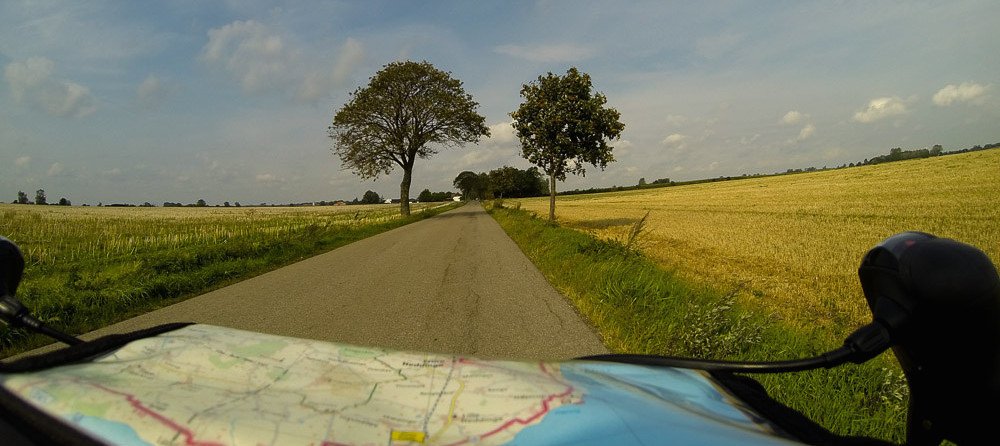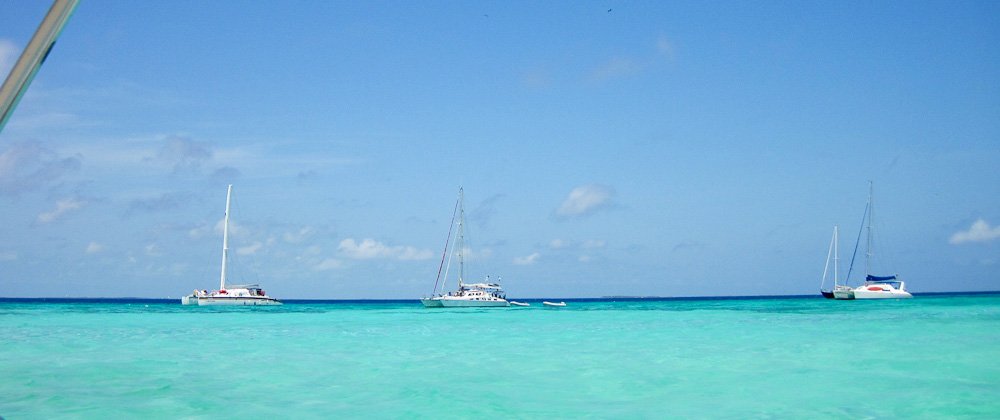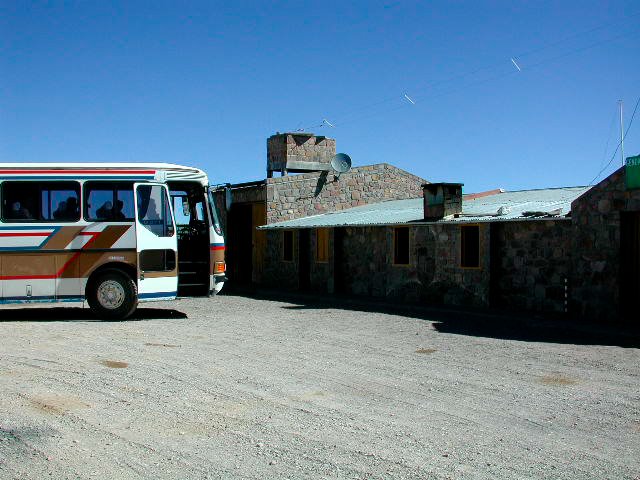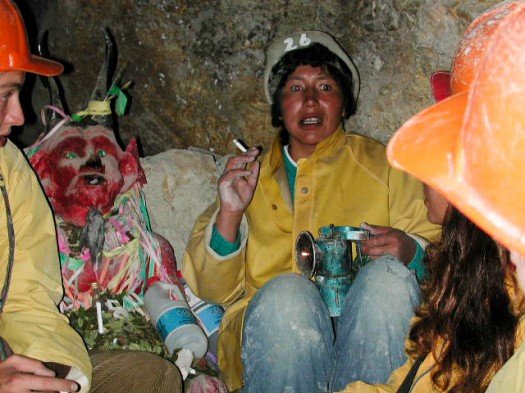 I decided to do a tour to the Quebrada de Humahuaca. We left early in the morning. It was cold and foggy. After a 2 hour trip, we got at Pucamamarca – streets with colonial style houses and handcraft fair. The best is the view of the colorful mountain around the city. From there we headed to Tilcara where we visit the ruins, Pucara, and the ¨Museo Arqueológico¨. Pucara was constructed by the excavations done in the area. Among the stone walls grows lots of cactus.
I decided to do a tour to the Quebrada de Humahuaca. We left early in the morning. It was cold and foggy. After a 2 hour trip, we got at Pucamamarca – streets with colonial style houses and handcraft fair. The best is the view of the colorful mountain around the city. From there we headed to Tilcara where we visit the ruins, Pucara, and the ¨Museo Arqueológico¨. Pucara was constructed by the excavations done in the area. Among the stone walls grows lots of cactus.
Our next stop was Humahuaca. The city has a great monument in the honor of the aboriginal hero of independence, Diego. There are some handcraft shops and restaurants. Here one can see great indigenous traces on peolple and, for being near by the Bolivian border, the influence of its culture.
The way back, we stop in Uquia to visit a small church with paintings and golden objects. We also stop to see the famous ¨Cerro de las siete colores¨, a mountain with different color stripes.
We wanted to visit the center of Jujuy...
Leia Mais... / Read More...










 Sometimes the Bolivian immigration Office in the border with Chile is closed. In order to not have problems I decided to get my exit stamp on the passport in Uyuni. In Bolivia you pay $15 Bolivianos to get out of the country. I’ve never seen that before in other countries.
Sometimes the Bolivian immigration Office in the border with Chile is closed. In order to not have problems I decided to get my exit stamp on the passport in Uyuni. In Bolivia you pay $15 Bolivianos to get out of the country. I’ve never seen that before in other countries.




Social Profiles